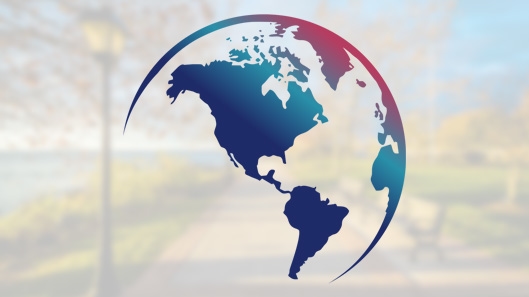Previous administrations shared one thing in common, prior to 2017. They decried and condemned illegal immigration and adopted the bipartisan view that, while they held opposing views about the best way to resolve the issue of the estimated eleven million people in the United States without legal status, they were united in promoting and rewarding legal immigration.
On April 22, 2020, the Trump administration exploited the COVID-19 pandemic and the resulting economic crisis as grounds for eroding further the rights of United States citizens who had invested their time, money and other resources to petition for immigrant visas on behalf of their relatives. The rationale was that it was in the best interest of the United States to protect its citizens from having to compete with arriving immigrants, despite the fact that the United States embassy and consular officers around the world had suspended the processing of immigrant visas in order to focus on serving and meeting the needs of United States citizens abroad.
One of the many benefits of U.S. citizenship is the right to petition for immigrant visas on behalf of various categories of eligible relatives such as spouses, unmarried and married children, parents, and siblings. This requires enormous sacrifice by relatively new citizens in terms of investing their time, demonstrating good moral character, saving enough money to pay for their Naturalization Application process (which could include fees for legal representation) and investing similar or more resources in order to petition for immigrant visas on behalf of their eligible relatives.
The most recent immigration ban which went into effect at 11:59 p.m. eastern daylight time on April 23, 2020 is nothing but a little veiled attack on legal immigration.
It is noteworthy that the ban took absolutely no account of the fact that petitioning United States citizens are required to prove that they earn enough income and/or have enough assets to support the beneficiaries of their immigrant visa petitions and other members of their household at 125 of the Federal Poverty Guidelines which are updated yearly.
In addition, those who are eligible to petition for family and/or employment based-immigrant visas on behalf of their eligible intended beneficiaries are required to complete, sign and include an affidavit of support (AOS) with their petitions. The AOS is a contract between a sponsor and the U.S. Government, wherein the sponsor essentially promises to provide financial support to their intended immigrant beneficiary for up to ten years or until the intended immigrant beneficiary will have accrued up to forty qualifying quarters or credits of work.
This is the federal government’s way of ensuring that the intended beneficiary would not end up destitute or depending on public benefits for survival. In other words, the sponsor promises to provide financial support to the intended immigrant beneficiary, so that he or she does not become a public charge or someone who depends on receiving means-tested benefits for basic necessities. However, an AOS does not necessarily preclude an otherwise qualified immigrant from competing and participating in the U.S. labor market.
Another factor which was not taken into consideration is that most new immigrants tend to have an initial down time that ranges between one and six months or much longer, depending on their specific set of circumstances. This is because it takes most of them some time to obtain essential documents such as social security card and driver’s license. In addition, most of them are not able to compete in the labor market unless they demonstrate English language proficiency and/or undergo some kind of training in order to obtain the necessary certification or license.
It is highly unlikely that any immigrant who is admitted into the United States in the next sixty days (i.e. the initial duration of the most recent ban) will actually be able to seek and obtain employment within that time frame.
The ban includes nine (9) exemptions but does not exempt parents and eligible relatives of United States citizens who, if granted immigrant visas, will not be competing in the labor market for reasons such as: wealth (ability to be self-supporting), pursuit of further education, age, health issues, to mention but a few.
The intentional exclusion of immigrants who will not be participating or competing at all in the labor market upon their admission into the United States points to a deliberate attempt to curtail the immigration of a group of people who are generally perceived by the privileged and powerful as “inferior”, “undesirables”, “takers” and as “menace or threat to civilized society”.
The most recent immigration ban is likely to survive legal challenges on the grounds that it is facially neutral; is not arbitrary and capricious; and is supposedly in the best interest of U.S. citizens. However, it has the undeniable effect of impinging on the rights of United States citizens. Besides, it has the unintended consequence of encouraging visa overstays, otherwise known as “illegal immigration”.
This leaves us pondering the following: What were the real reasons behind the most recent immigration ban? Was it the need to placate a certain group of people? Or was it a genuine desire to serve and protect the best interests of U.S. citizens whose employment opportunities have been reduced drastically due to COVID-19? We might never know the real reasons. However, any policy which punishes legal immigration and rewards illegal immigration is anti-American, counter-productive and makes absolutely no sense.
Note:
Law Office of Eshigo P Okasili, LLC provides legal services to a diverse clientele, without regard to race, country of origin, creed, political opinion, gender, sexual orientation and financial status.

